Mar 4, 1941: Britain launches Operation Claymore
The British navy raids a German position off the
coast of Norway and inside the Arctic Circle—the Lofoten Islands. The
raid, code name Operation Claymore, proved highly destructive of its
target—an armed German trawler—but ultimately a failure in achieving its
objective, the capture of an Enigma decoding machine.

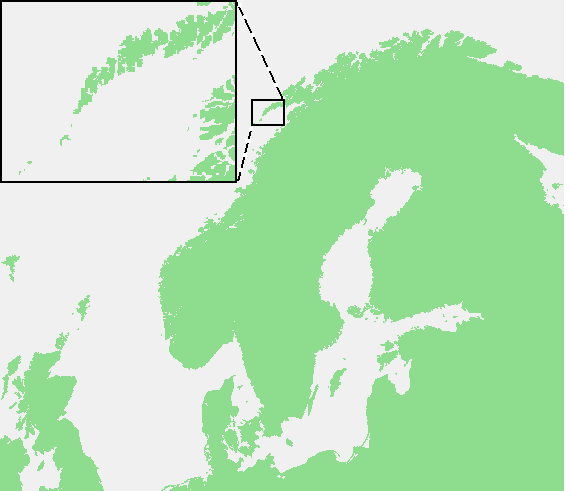


The Brits severely damaged the trawler, called the Krebs, and killed 14 German sailors, took another 25 prisoner, and destroyed the Germans' local stockpile of oil. While the attack boosted British public morale temporarily, the Enigma machine still eluded the British military.


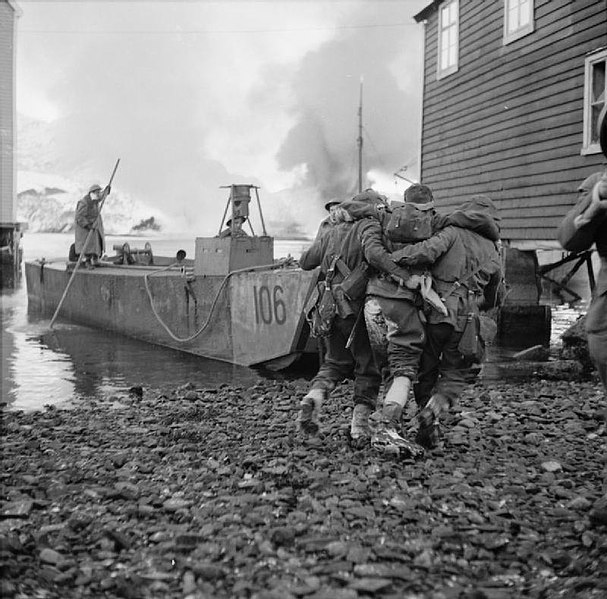

The commander of the Krebs, Lieutenant Hans Kupfinger, threw it overboard before he was killed in the raid, but the Brits were able to recover documents that gave clues to the Enigma's workings. British intelligence was able to piece together enough of the German coding system to track German naval activity for about five weeks.



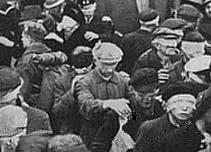
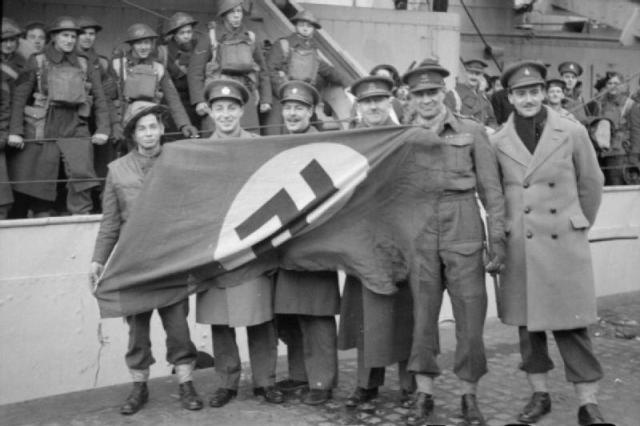
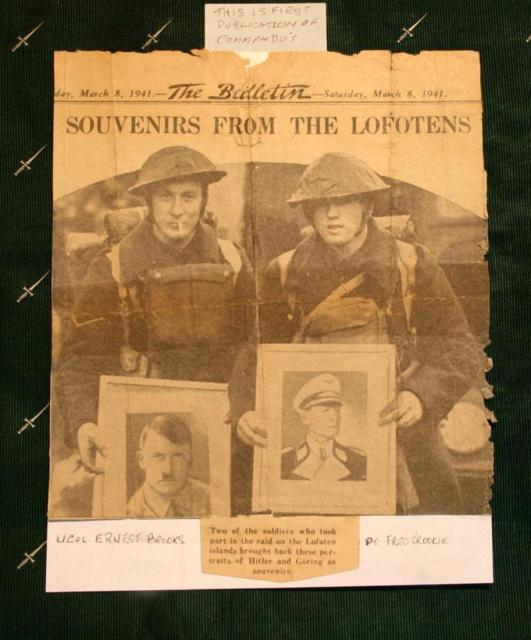



The Brits severely damaged the trawler, called the Krebs, and killed 14 German sailors, took another 25 prisoner, and destroyed the Germans' local stockpile of oil. While the attack boosted British public morale temporarily, the Enigma machine still eluded the British military.




The commander of the Krebs, Lieutenant Hans Kupfinger, threw it overboard before he was killed in the raid, but the Brits were able to recover documents that gave clues to the Enigma's workings. British intelligence was able to piece together enough of the German coding system to track German naval activity for about five weeks.






***************
Mar 4, 1944: Eighth Air Force bombs Berlin
The U.S. Eighth Air Force launches the first American bombing raid against the German capital.


The British Royal Air Force (RAF) had been conducting night raids against Berlin and other German cities since November 1943, suffering losses at increasingly heavy rates.


While the British inflicted significant damage against their targets, the German defenses proved quite effective: The RAF flew 35 major raids between November 1943 and March 1944 and lost 1,047 aircraft, with an even greater number damaged.
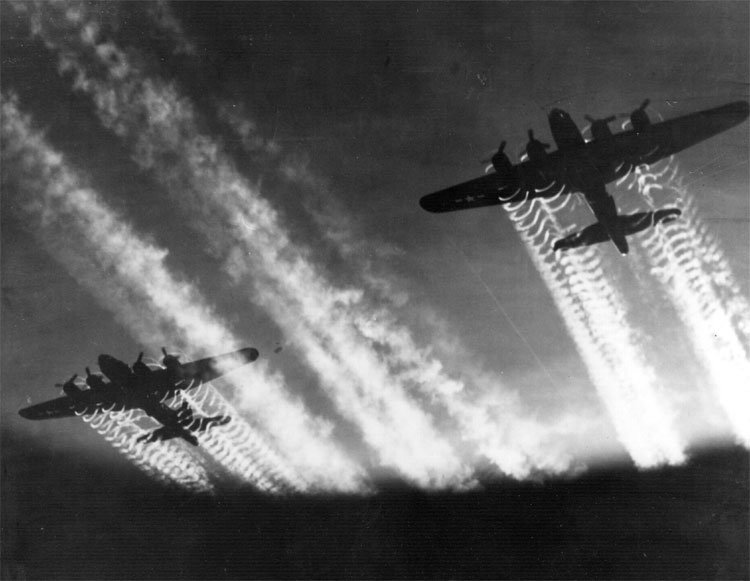
Having already suffered heavy losses during day raids of various German industrial centers, the Americans had been cautious in pursuing night raids. But in March, with the RAF exhausted, the U.S. Eighth Air Force finally pursued night bombing and made Berlin its primary target.


Fourteen U.S. bomber wings took off for Germany from England on the evening of March 4; only one plane reached Berlin (the rest dropped their loads elsewhere; few planes were lost to German defenses). In retrospect, the initial American attack was considered "none too successful" (as recorded in the official history of U.S. Army Air Force). Subsequent attacks in March were more effective.

Taken from: http://www.history.com/this-day-in-history/britain-launches-operation-claymore & http://www.history.com/this-day-in-history/eighth-air-force-bombs-berlin [04.03.2014]


The British Royal Air Force (RAF) had been conducting night raids against Berlin and other German cities since November 1943, suffering losses at increasingly heavy rates.


While the British inflicted significant damage against their targets, the German defenses proved quite effective: The RAF flew 35 major raids between November 1943 and March 1944 and lost 1,047 aircraft, with an even greater number damaged.

Having already suffered heavy losses during day raids of various German industrial centers, the Americans had been cautious in pursuing night raids. But in March, with the RAF exhausted, the U.S. Eighth Air Force finally pursued night bombing and made Berlin its primary target.


Fourteen U.S. bomber wings took off for Germany from England on the evening of March 4; only one plane reached Berlin (the rest dropped their loads elsewhere; few planes were lost to German defenses). In retrospect, the initial American attack was considered "none too successful" (as recorded in the official history of U.S. Army Air Force). Subsequent attacks in March were more effective.

Taken from: http://www.history.com/this-day-in-history/britain-launches-operation-claymore & http://www.history.com/this-day-in-history/eighth-air-force-bombs-berlin [04.03.2014]

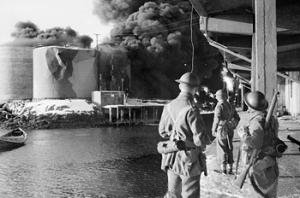

No comments:
Post a Comment